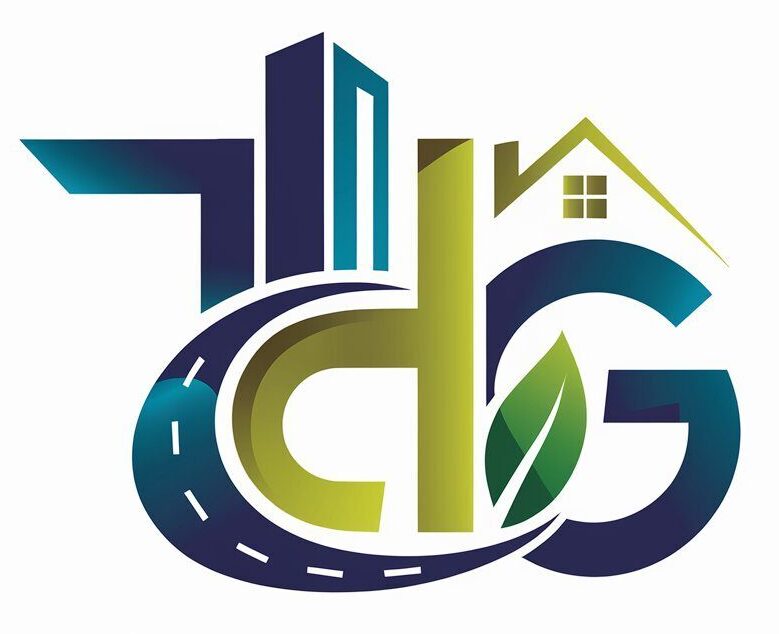Unexpected Costs
Unexpected Costs When Building a Custom Home
Building a custom home is a dream come true for many people. It allows you to tailor every detail to fit your lifestyle, from the layout of the kitchen to the number of bedrooms and even the materials used throughout the home. However, while the idea of creating your perfect space is exciting, the process can come with unexpected and often significant costs that can blow your budget if you’re not prepared.
Here are the most common unexpected costs you should anticipate and plan for when building a custom home.


Land Preparation and Site Work
Many people underestimate how much work goes into making a piece of land ready for construction. Even if the plot looks level and buildable, there may be hidden issues such as:
- Grading and excavation: Uneven terrain may require substantial grading to ensure a level foundation.
- Soil testing: Engineers may need to test the soil to ensure it can support the structure. Poor soil can mean extra foundation work.
- Tree removal: Large trees or root systems can add costs for removal and disposal.
- Utility connections: If the land is not already serviced with water, sewer, electric, or gas, expect high costs to run these lines to your site.
These expenses can range from a few thousand to tens of thousands of dollars depending on the location and condition of the land.

Permit and Impact Fees
Permits are a standard part of any construction project, but many first-time home builders are surprised at how many are required—and how much they cost.
You may need:
- Building permits
- Electrical permits
- Plumbing permits
- Septic or sewer permits
- Driveway permits
On top of that, impact fees may be charged by local governments to offset the impact your new home will have on infrastructure like roads, schools, and emergency services.

Changes to the Design (aka Change Orders)
Once construction starts, you may find yourself making changes to the original design. Whether it’s upgrading countertops, moving a wall, or choosing a different window style, these changes can quickly add up in both time and money.
Change orders often include:
- Cost of materials
- Labor adjustments
- Possible delays in construction
Even small changes can have a domino effect, causing other parts of the plan to shift—leading to further costs.

Upgrades and Custom Features
It’s easy to blow the budget when selecting finishes and fixtures. What seems like small upgrades—such as hardwood over laminate flooring or quartz countertops instead of granite—can cost thousands more than standard materials.
Custom home buyers often underestimate the cumulative effect of choosing:
- Premium cabinetry
- High-end appliances
- Custom lighting
- Built-in storage and shelving
- Smart home features
Unless you’re disciplined with your selections, the upgrades can significantly stretch your original budget.

Delays and Inflation
Construction timelines can be delayed for various reasons, including:
- Weather conditions
- Labor shortages
- Backordered materials
- Permit issues
Delays not only push your move-in date but may also increase your total cost due to inflation or extended rental housing during the wait.
Inflation in construction material prices—especially for lumber, steel, and concrete—can happen quickly. If your project is delayed or stretched out over a long period, what you planned to spend may not match today’s market prices.

Landscaping and Outdoor Features
Many builders focus on the house itself and forget about what surrounds it. Landscaping is often not included in your initial construction budget, and yet it makes a huge difference in the curb appeal and usability of your home.
Costs to consider:
- Sod, trees, shrubs, and garden beds
- Irrigation systems
- Fencing
- Driveways and walkways
- Decks, patios, or outdoor kitchens
A finished exterior can cost anywhere from $5,000 to over $50,000, depending on the size of your lot and the features you choose.

Interior Furnishings and Window Treatments
After spending months and thousands of dollars building your dream home, it’s easy to forget about furnishing it. Many custom homes are larger than typical homes, which means you may need to buy more furniture than expected.
Items often overlooked in budgeting:
- Curtains or blinds (custom windows can make these expensive)
- Rugs, lighting, and accessories
- New furniture for expanded spaces
These items can quietly add another $10,000–$50,000 depending on your taste and needs.

Homeowner Association (HOA) Requirements
If you’re building in a community with an HOA, be prepared for additional costs. The HOA may have strict rules about what your home must look like, which could limit your choices and increase costs (e.g., mandatory tile roofs, specific fencing materials, or required landscaping types).

Unexpected Repairs or Construction Errors
Even new homes can experience issues. Improper installation, bad weather during framing, or incorrect materials can lead to defects that need to be fixed before you even move in.
While builders typically offer warranties, some repairs—especially those due to custom features—might not be covered.
